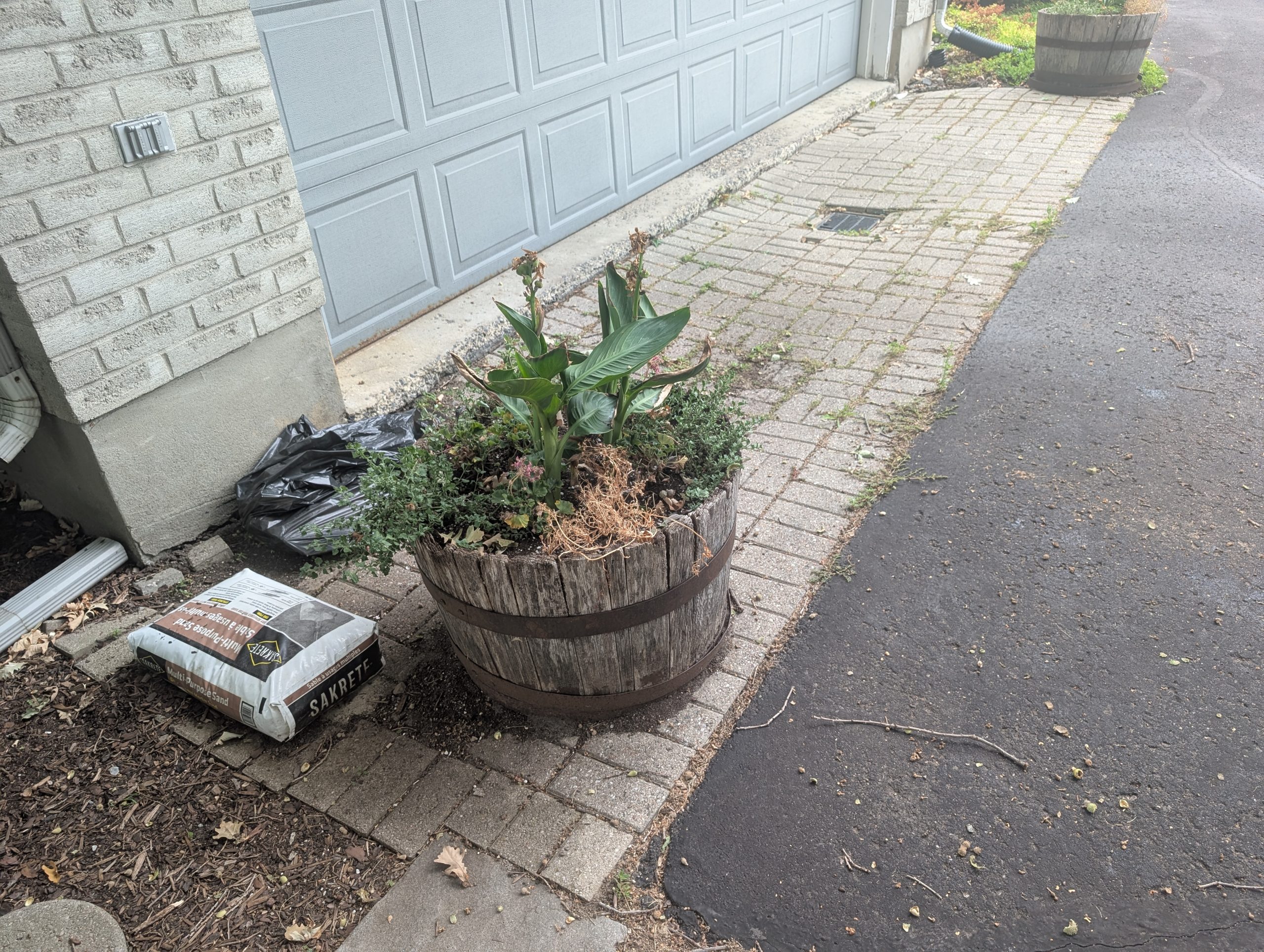How do I prevent winter flooding?
As the rains come, and then the snow, and then the ice, and then the thaw and then more snow, and then random rain, then more snow….
As this all adds up we get concerned about basement flooding, or if your house was poorly designed, flooding in other areas, like lowered sunrooms, ice in your garages, etc
There are a few things to consider when combatting flooding. A lot of questions I get make it seem like flooding is a mysterious subject that nobody really understands, so hopefully I can simplify it.
Water goes wherever it is easiest.
It’s that simple.
I once addressed a situation where there was water coming through a crack in a foundation. Now, I am not good at fixing cracks myself.
I know people who are good at it, but we don’t usually do that in house.
But in this case I was trying to help a long time client and she had already had had someone fix the crack and their solution wasn’t working.
There was too much water and too much pressure and she was getting waterin through that “repaired” crack.
So I did two things.
One, I replaced the clay soil outside her foundation wall with drainage stone, also known as “¾ clear stone”. The voids (spaces) in the drainage stone made it easier for the water that was coming in the crack to not bother coming through the crack, but instead stay in the stone. The poorly repaired crack was still pretty tight and the water didn’t really want to go there. It liked the voids better.
This is honestly a solution to about 80% of basement flooding problems. No matter how leaky your foundation is, if you have drainage stone all around the walls, the water will just stay in those voids and not bother pushing its way into your basement.
Two, we regraded next to her foundation wall to ensure the surface water flowed away from her house. Again, just directing water away from the foundation accomplishes almost everything you are looking for. Water isn’t a mysterious spirit that goes ten feet away from your basement, seeps slowly down, and then rushes back to the weak point in your foundation, determined to wreck your old photo albums.
Those two items will solve almost every problem you have.
However, you also want to check your sump pump if you have one, your eavestroughs (as a broken or incorrectly installed eavestrough or downspout can direct floods of water to weak and low points), and of course your plumbing!
No landscaping or exterior repairs will prevent a burst pipe.
And then there is the ever popular sewage or city backup. We can’t do anything about those!!
In summary, if you follow these two pieces of advice: regrade, and/or install drainage stone around your foundation walls, no matter what else happens, you should be pretty good.
- Water goes wherever it is easiest
- just fixing foundation cracks doesn’t always work
- replacing the clay soil outside basement walls with drainage stone reduces water inflow and pressure drastically
- grading your lawn or walkway/patio away from the walls will direct surface water away and reduces your likelihood of flooding even further
- Other problems such as plumbing or sewer backups still exist but this takes care of 99% of the common preventable ones
This is not a guarantee, there are always exceptions, but hopefully this helps. Follow these two steps to help prevent winter flooding: stopping puddling and water buildup before it starts.
Jonathan Gilman has been the owner and general manager of Ottawa Interlock Repair since 2013. He has personally reviewed over 5000 interlock repair projects, making him the foremost authority on interlock repairs he knows, and one of the most experienced exterior solutions providers in Ottawa.
